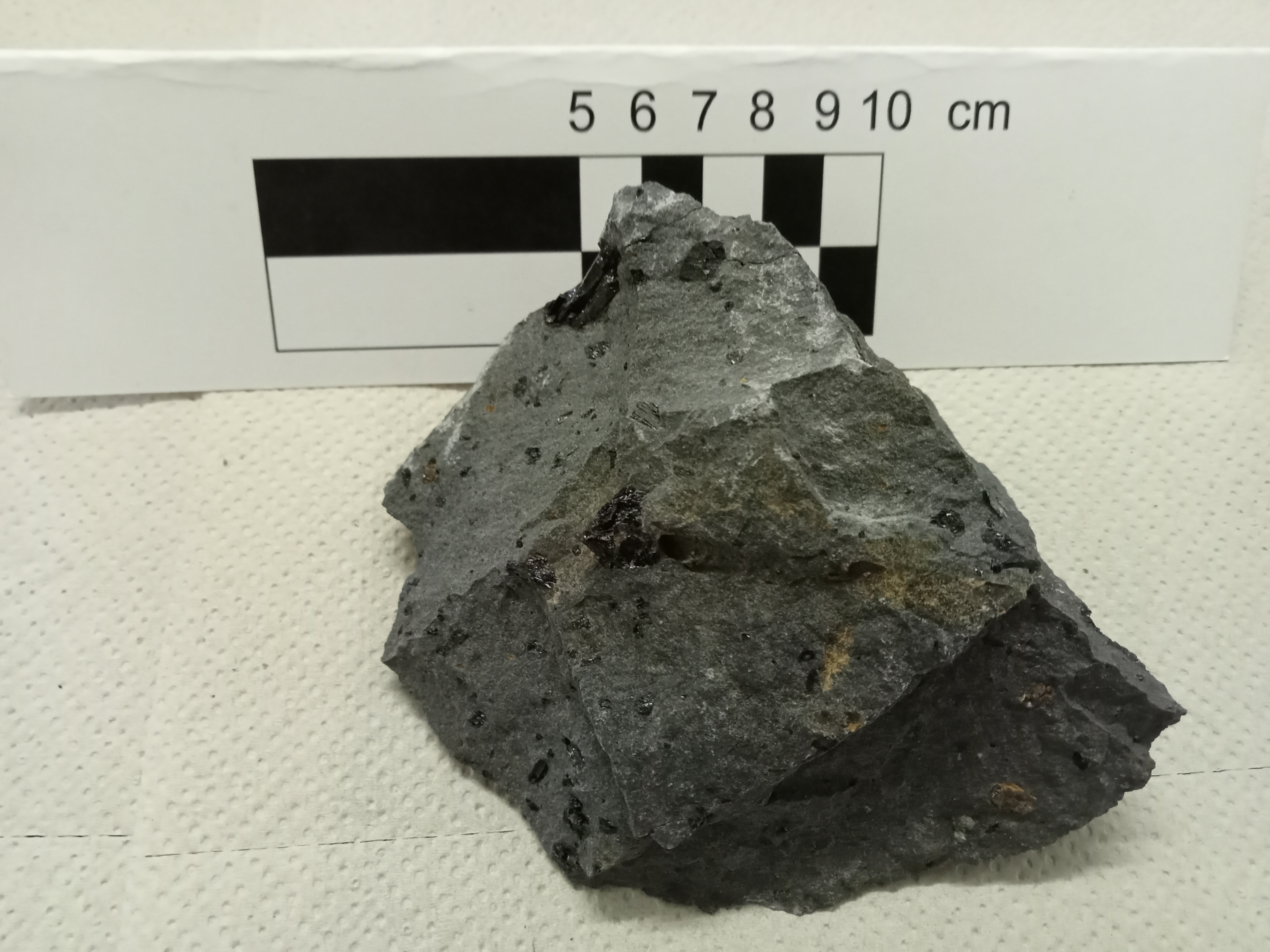dataset
Type of resources
Available actions
Topics
Keywords
Contact for the resource
Provided by
Years
Formats
Representation types
Update frequencies
status
Scale
-
This dataset includes all the iron meteorites (achondrites) collected during the Italian Antarctic Expeditions since 1991 in Victoria Land and now preserved at the repository of the Museo Nazionale dell’Antartide.
-
During the I Italian Antarctic expedition (1985/86), 853 rocks have been sampled within the aim of the project "Geological, structural, petrological and geochemical research programme" in northern Victoria Land. They include intrusive, subvolcanic, volcanic, metamorphic and sedimentary rocks. The investigated regions are within Coulman Island SS 58-60/6, Mount Melbourne SS 58-60/9, Mount Murchison SS 58-60/5, Reeves Nevé SS 55-57/12, Relief Inlet SS 58-60/13 and Sequence Hills SS 55-57/8 USGS sheets.
-
During the XXXIII and XXXIV Italian Antarctic expeditions (2017/18, 2018/19), 258 rocks have been sampled within the aim of the project "Completion of the geological cartography in Victoria Land and integration of the cartographic material into a digital dataset" in northern and southern Victoria Land. They include intrusive, subvolcanic, volcanic, metamorphic and sedimentary rocks. The investigated regions are within Convoy Range ST 57-60/1, Franklin Island ST 57-60/2* and Mount Joyce SS 55-57/16 USGS sheets.
-
This dataset includes all the carbonaceous chondrites CV group collected during the Italian Antarctic Expeditions since 1997 in Victoria Land and now preserved at the repository of the Museo Nazionale dell’Antartide.
-
During the XII Italian Antarctic expedition (1996/97), 721 rocks have been sampled within the aim of the project "Crustal accretion in northern Victoria Land: structure, metamorphism, kinematics and chronology of the junction between Wilson, Bowers and Robertson Bay terranes" in northern Victoria Land. They include intrusive, subvolcanic, volcanic, metamorphic and sedimentary rocks. The investigated regions are within Coulman Island SS 58-60/6, Ebbe Glacier SR 57-58/16, Freyberg Mountains SS 58-60/1, Mount Murchison SS 58-60/5, Mount Soza SR 57-58/15, Ob' Bay SR 57-58/11 and Yule Bay SR 57-58/12 USGS sheets.
-
During the XXVIII Italian Antarctic expedition (2012/13), 275 rocks have been sampled within the aim of the project "The Triassic-Jurassic depositional and magmatic events of Victoria Land successions (Antarctica) and paleoclimatic variations in the Gondwanian province" in northern and southern Victoria Land. They include intrusive, subvolcanic, volcanic, metamorphic and sedimentary rocks. The investigated regions are within Convoy Range ST 57-60/1, Freyberg Mountains SS 58-60/1, Mount Joyce SS 55-57/16, Mount Melbourne SS 58-60/9, Mount Murchison SS 58-60/5, Reeves Névé SS 55-57/12, Sequence Hills SS 55-57/8 and Taylor Glacier ST 57-60/5 USGS sheets.
-
This dataset includes all the ordinary chondrites L group collected during the Italian Antarctic Expeditions since 1991 in Victoria Land and now preserved at the repository of the Museo Nazionale dell’Antartide.
-
This dataset includes all the ordinary chondrites H group collected during the Italian Antarctic Expeditions since 1991 in Victoria Land and now preserved at the repository of the Museo Nazionale dell’Antartide.
-

During the XXXVIII Italian Antarctic expedition (2022/23), 126 rocks have been sampled within the aim of “MAGIC” project in northern Victoria Land. They include volcanic, igneous and metamorphic rocks, and sediment. The investigated regions are within Cape Hallett SS58-60/2, Freyberg Mountains SS 58-60/1, Mount Murchison SS 58-60/5 and Mount Melbourne SS 58-60/9 USGS sheets. Project: Magma-Ice interaction: late Miocene ice thickness and eruption tempo in northern Victoria Land.
-
During the I Italian Antarctic expedition (1985/86), 73 rocks have been sampled within the aim of the project "Volcanological research program" in northern Victoria Land. They include different volcanic rocks. The investigated regions are within Mount Melbourne SS 58-60/9 and Mount Murchison SS 58-60/5 USGS sheets.